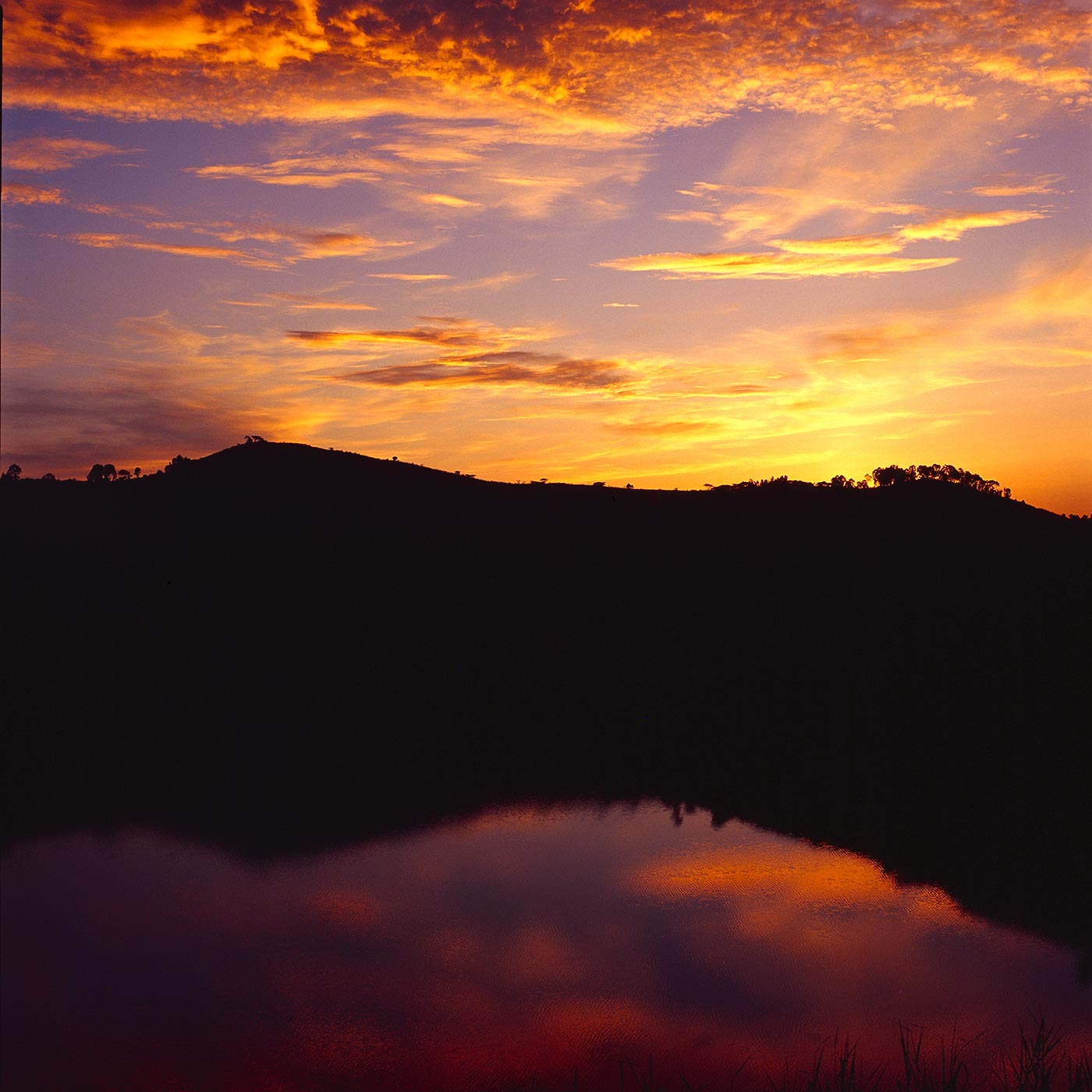‘Vanilla and orchid share an irredeemably erotic etymology’*
*Tim Ecott, Vanilla: Travels in Search of the Luscious Substance, Penguin
Vanilla mythology
The pre-Aztec Tontonac people from Mexico appear to be the first to have cultivated vanilla. They believed that the vine sprang from the spilled blood of a virgin princess, so pure and beautiful that her father had her consecrated to the fertility goddess. But Running Deer fell in love with her and tried to whisk her away, without success – the furious father had them murdered as they eloped into the mountains.

The Aztecs
Later the Aztecs (1200-1500 AD) thought so much of vanilla they demanded it as a tax from the Tontonac people. They dried and ground vanilla and added it to their drink xocoatl (‘bitter water’) which consisted of cocoa, honey, chilli peppers and maize. Xocoatl was served with reverence to the aristocracy and soldiers, and not least to the Emperor before visiting his many wives.
A growing attraction
The Spanish conquistador Cortez is attributed with bringing back vanilla to Spain from Mexico in the early C16th. But it was not cultivated successfully commercially until the mid C19th. This became possible on the French possession islands in the Southern Indian Ocean when a 12-year-old slave boy, Edmond Albius, discovered how to hand pollinate the flowers in his master’s garden on the island of Reunion – neighbour to Madagascar and Comoros.
Vanilla became an increasingly sought-after and fashionable commodity.
‘Veiled in mystery and called the ‘black flower’, it was used as a flavouring in fashionable C16th coffee houses, favoured in her puddings by Elizabeth I, prescribed by physicians as a cure for impotency, flatulence and ‘women’s troubles…’
…and by the late C17th used increasingly as a flavouring in chocolate. Even the names ‘vanilla’ and ‘orchid’ derive from surprising roots: the former from the Latin vagina meaning ‘sheath’, the latter from the Greek orchis meaning ‘testicle’.
With Europe’s increasing appetite for vanilla, England and France scrambled to overtake Spain and grow the orchid in their colonies. The first vines to reach Reunion came from cuttings from a botanist’s greenhouse in London via the Jardin des Plantes in Paris in 1822.
Vanilla species
There are three different species of vanilla used in cooking: planifolia, tahitensis and pompona. Each has its own distinct aroma, and even within the species aroma will vary according to the region in which it is grown and the processor’s technique. The vast majority of world vanilla consumption is of planifolia. In the industry planifolia vanilla is called ‘Bourbon’ if it originates from one of the former French possessions: Reunion, Madagascar or Comoros. Coined from Reunion’s former name L’ile de Bourbon, Bourbon was used to describe the curing technique developed on the island and now used the world over. Bourbon vanilla is from the same species of planifolia orchid grown elsewhere in the tropics.

